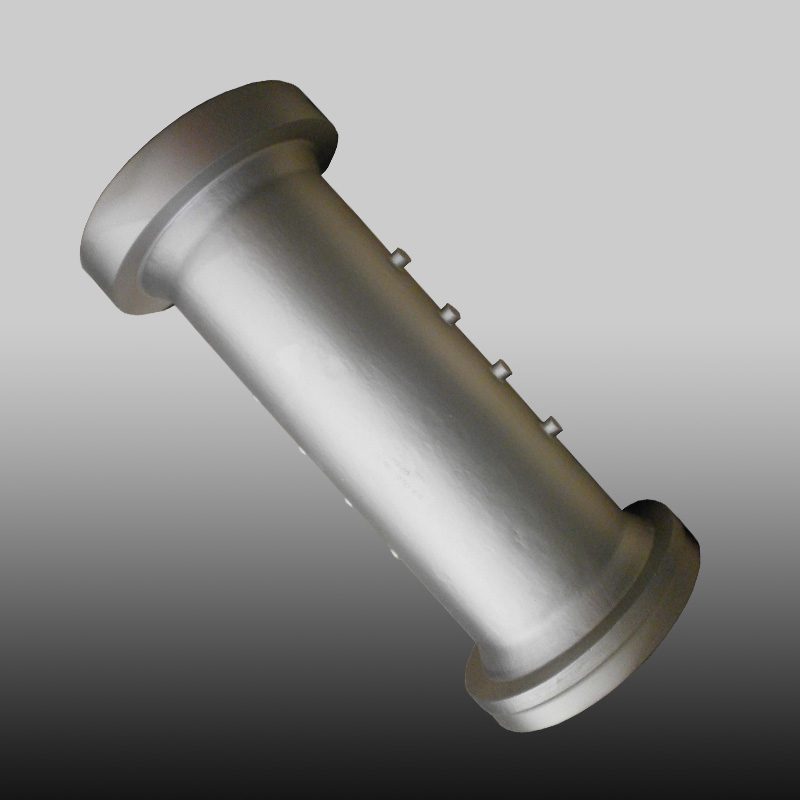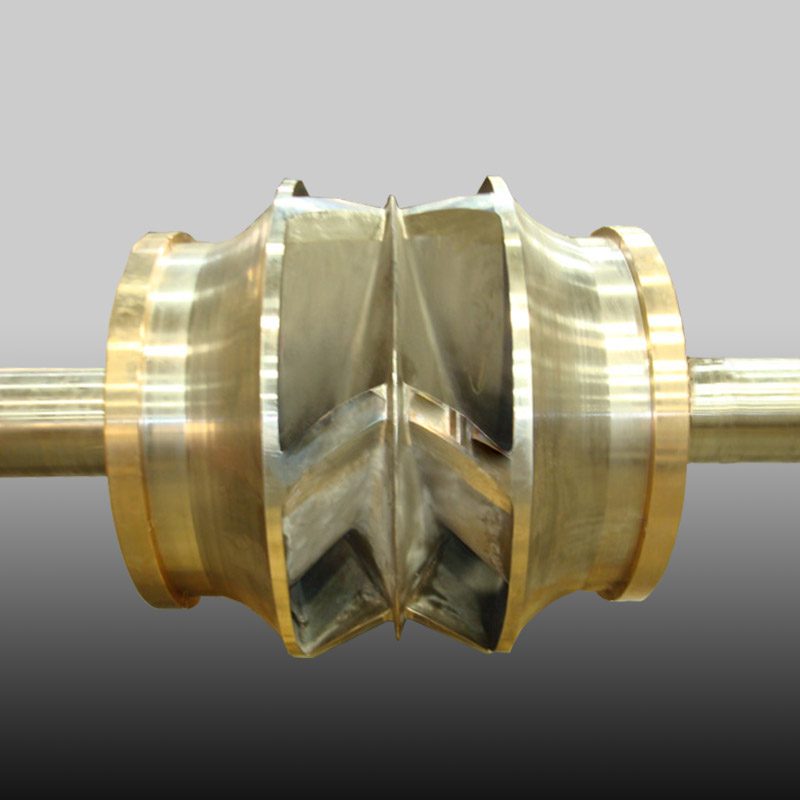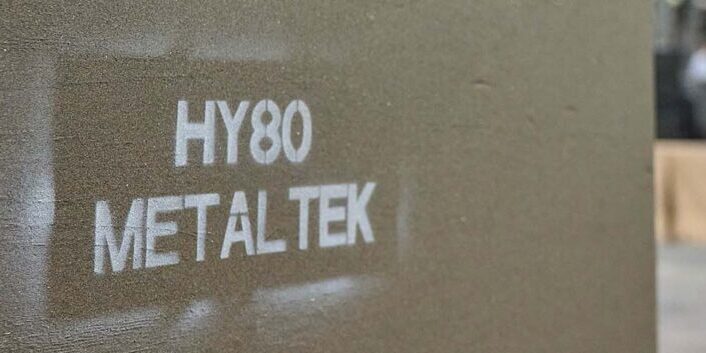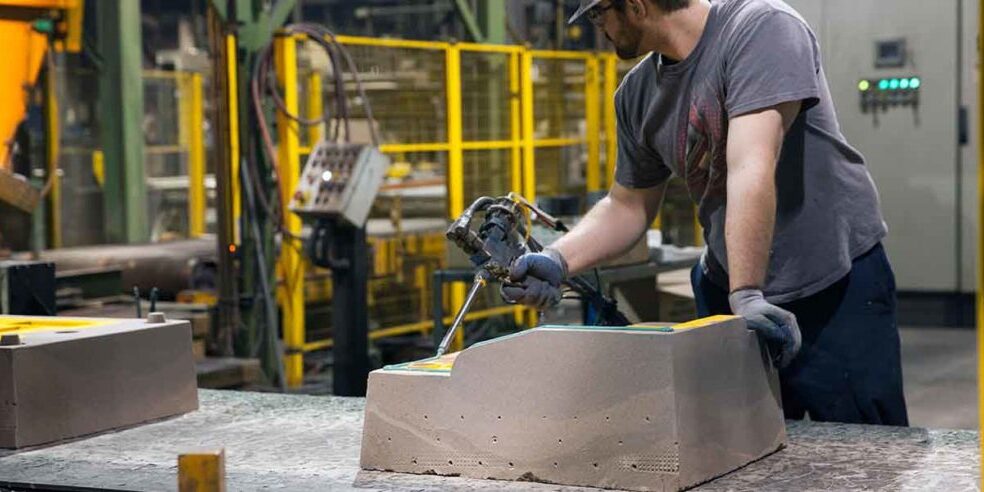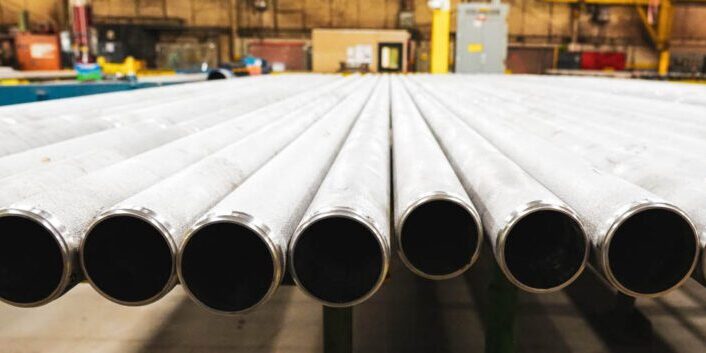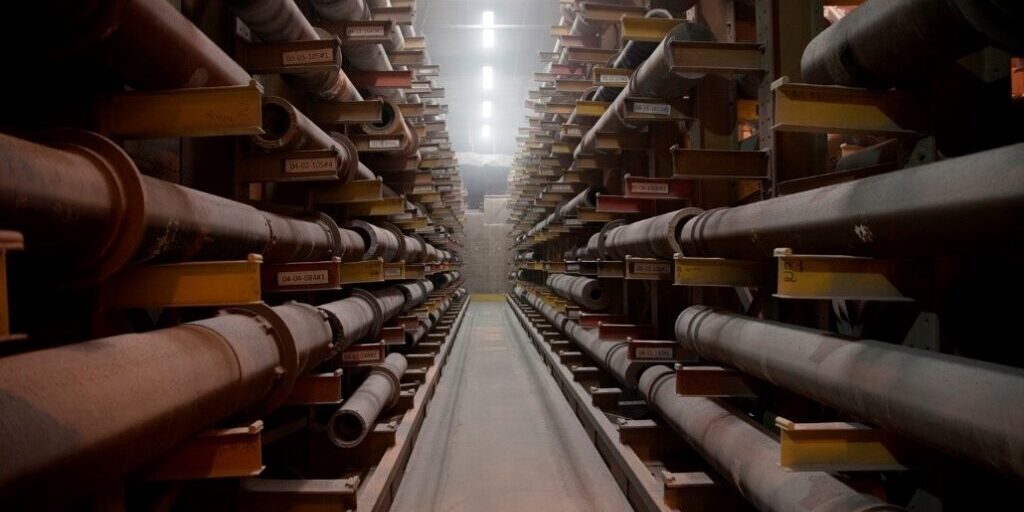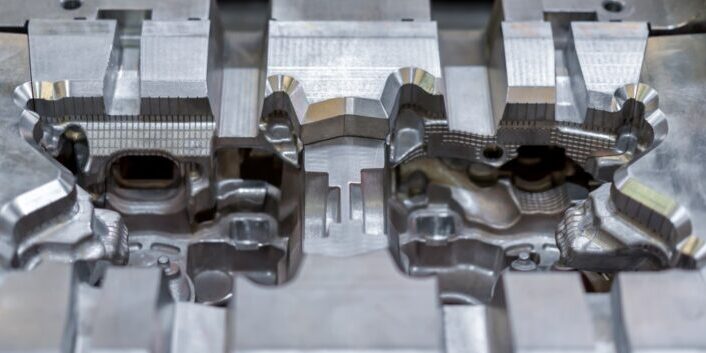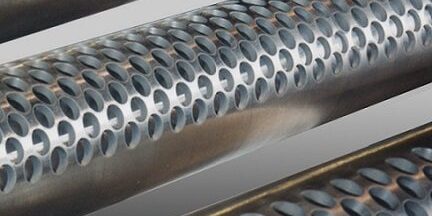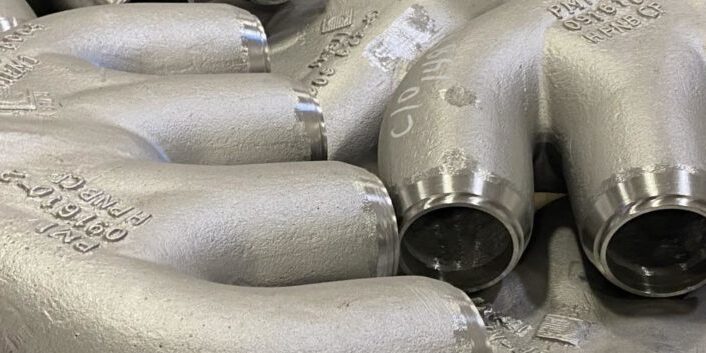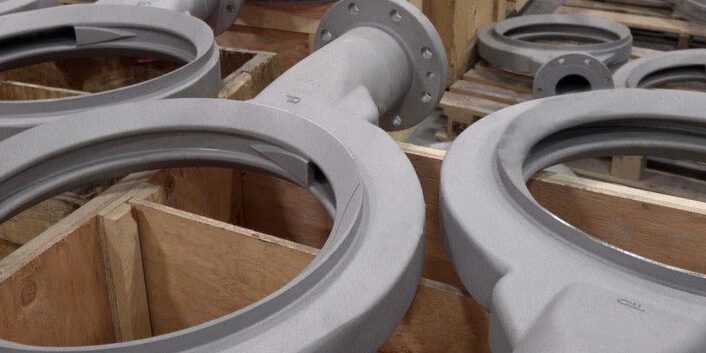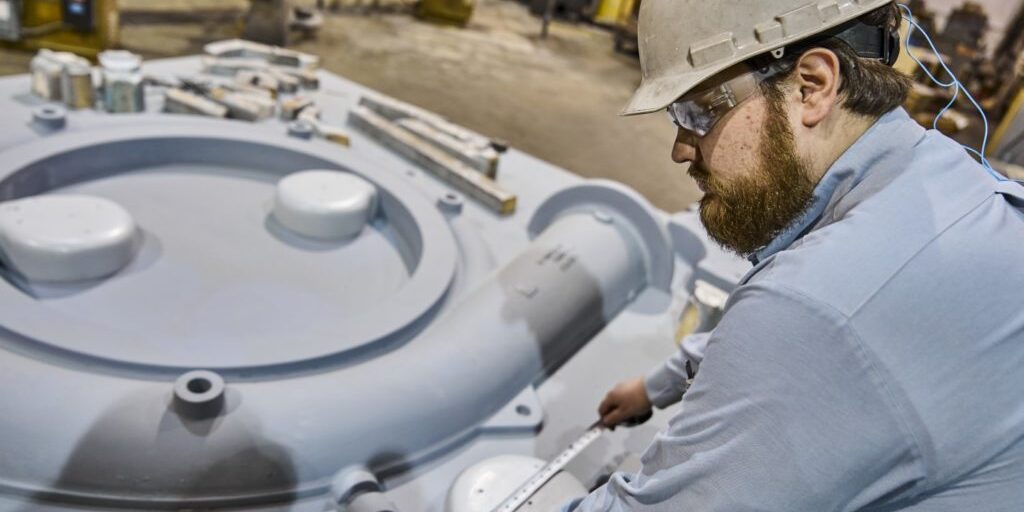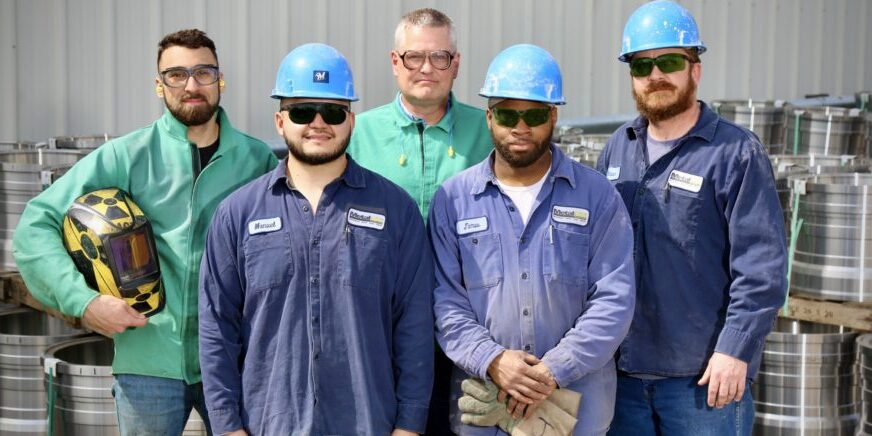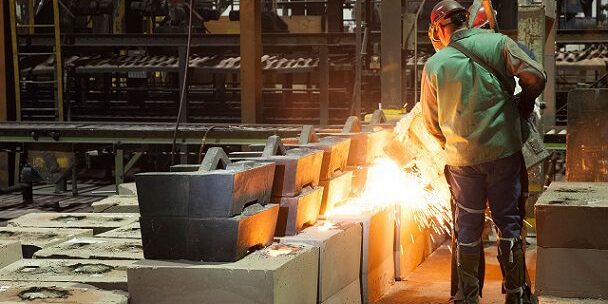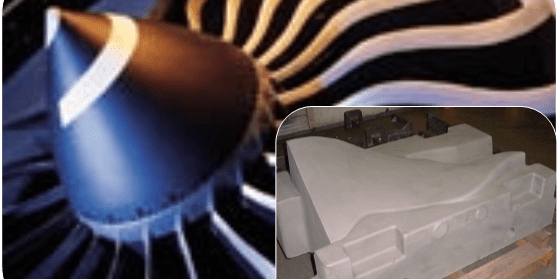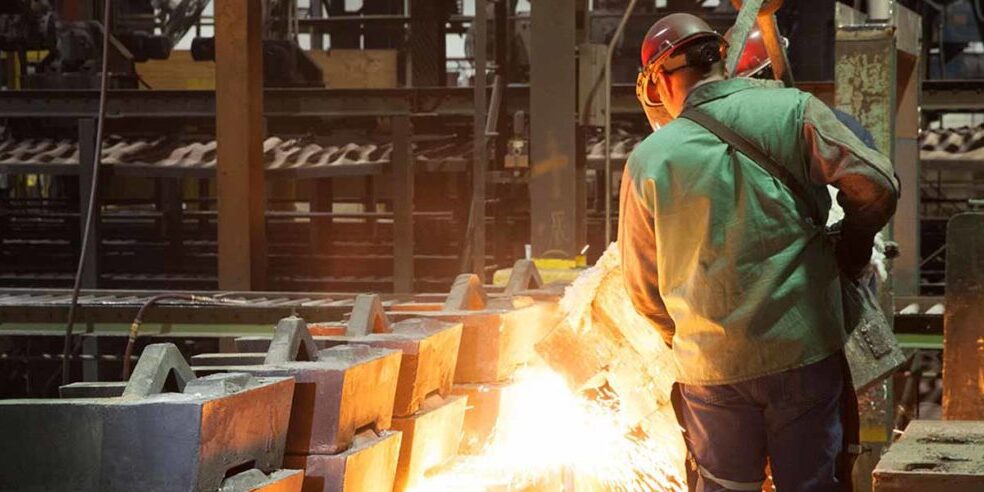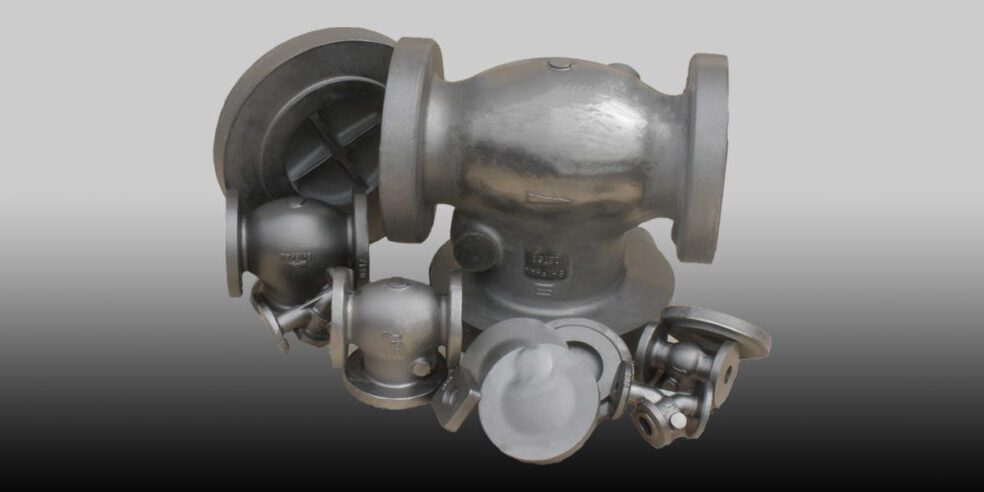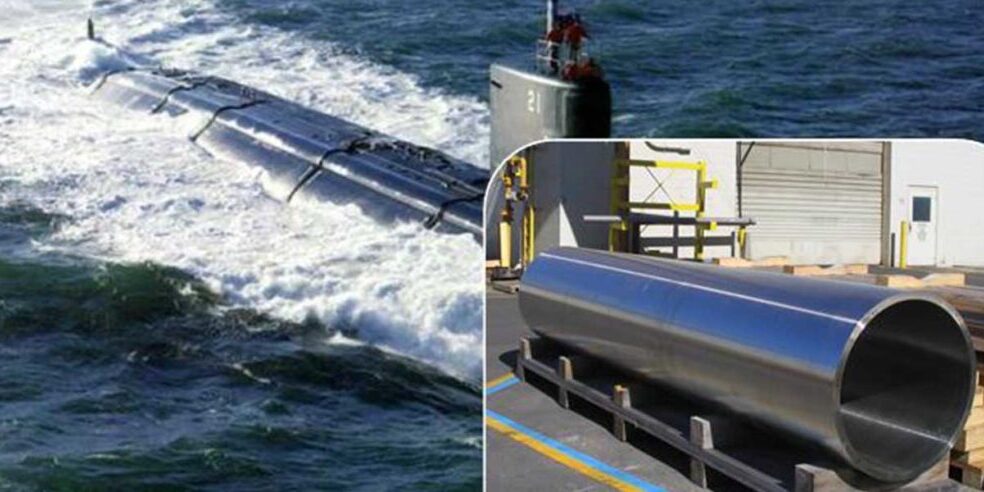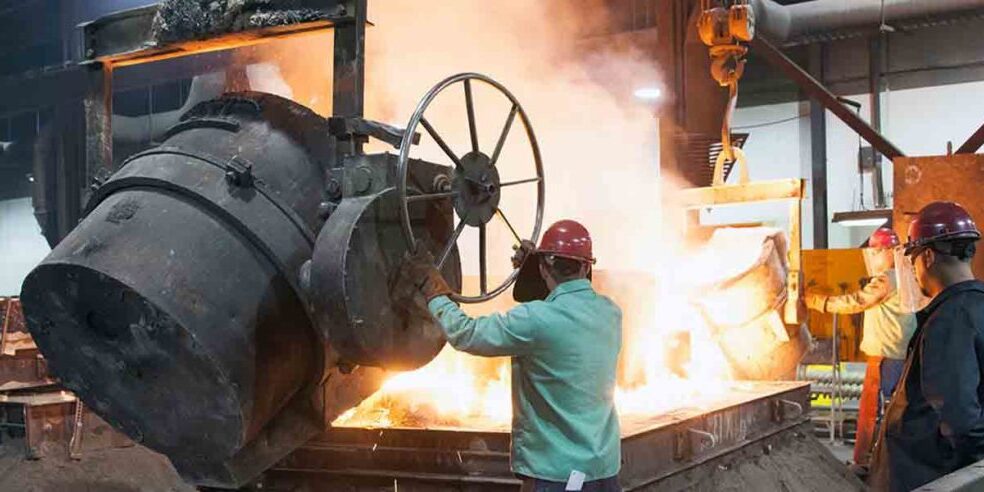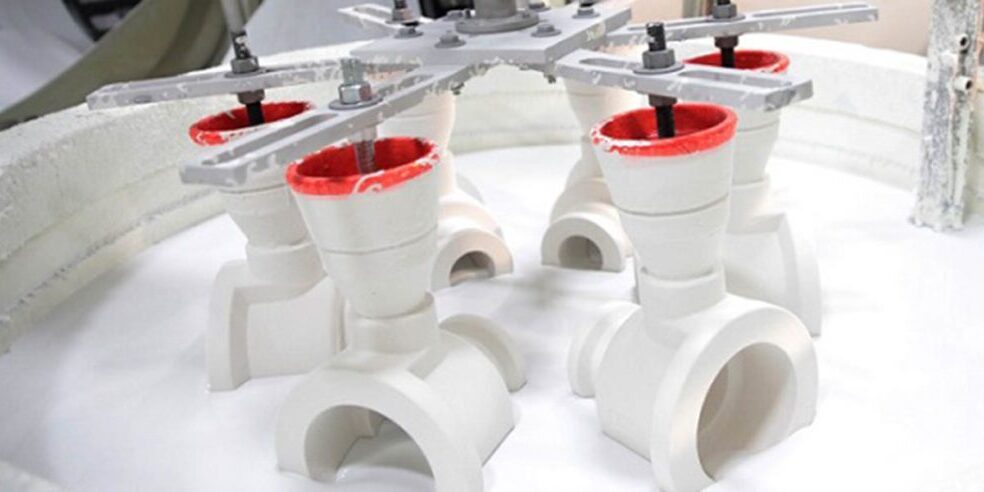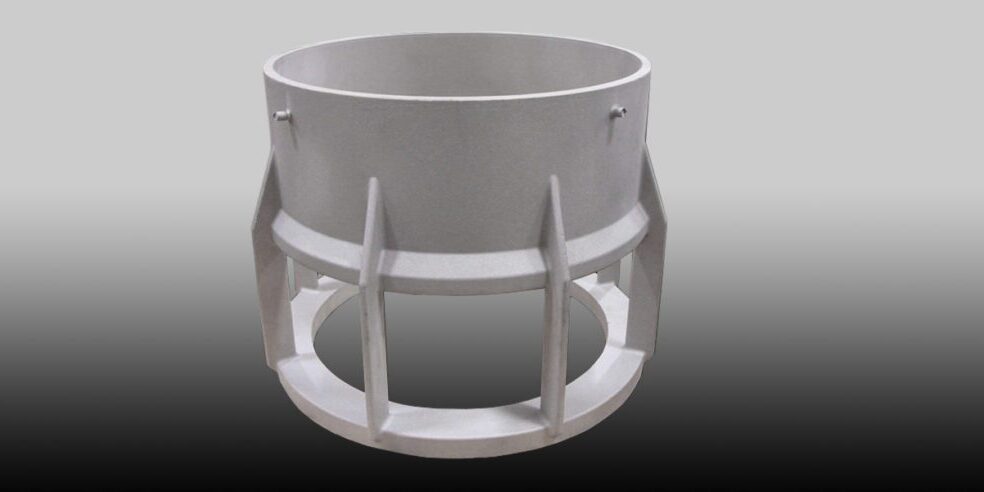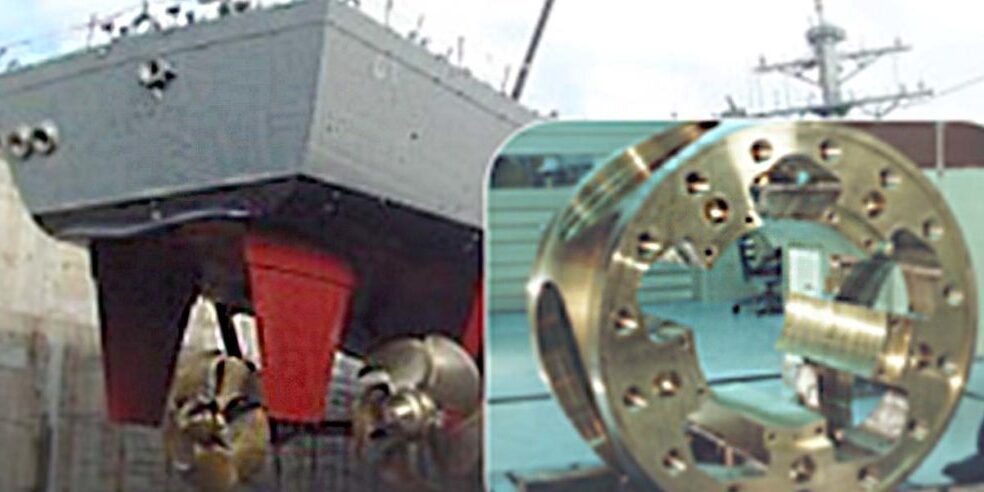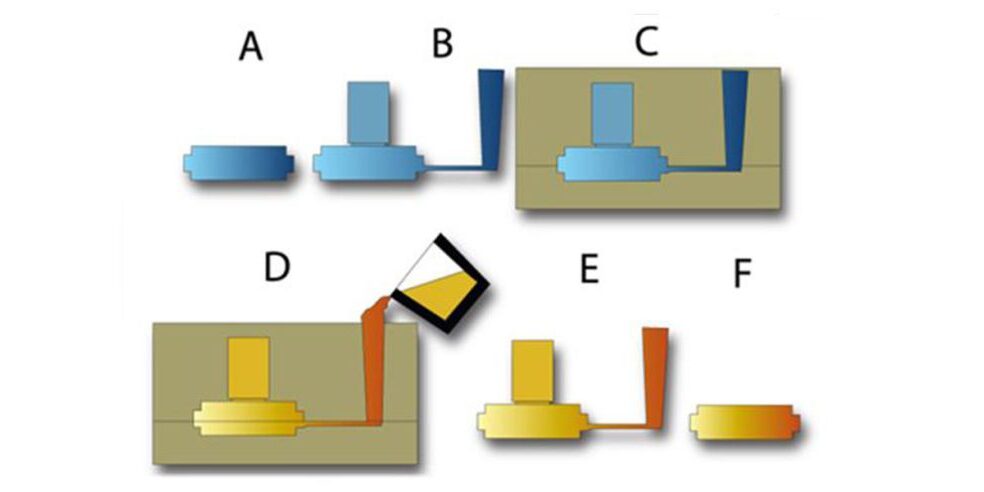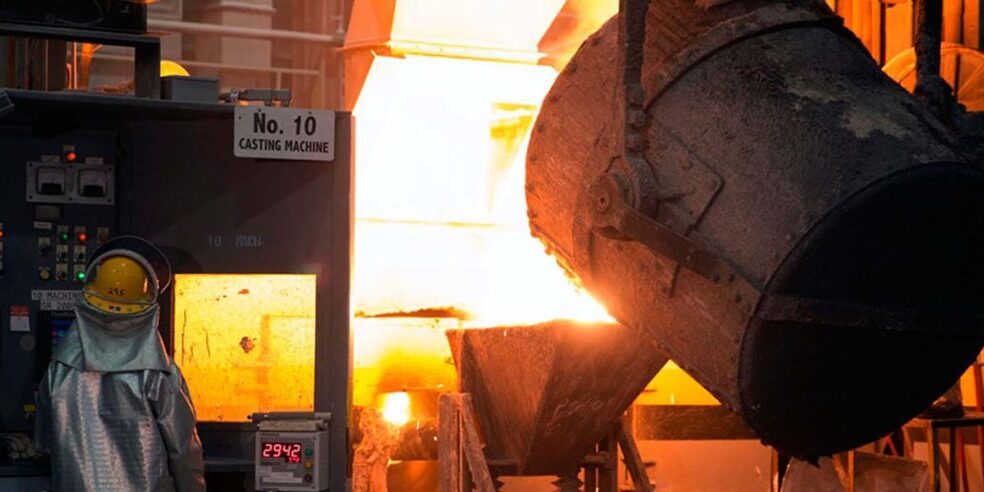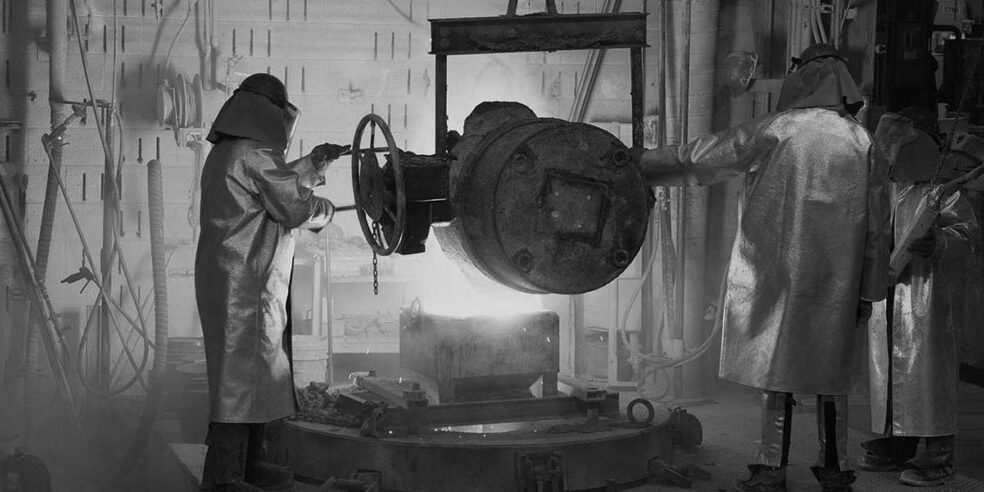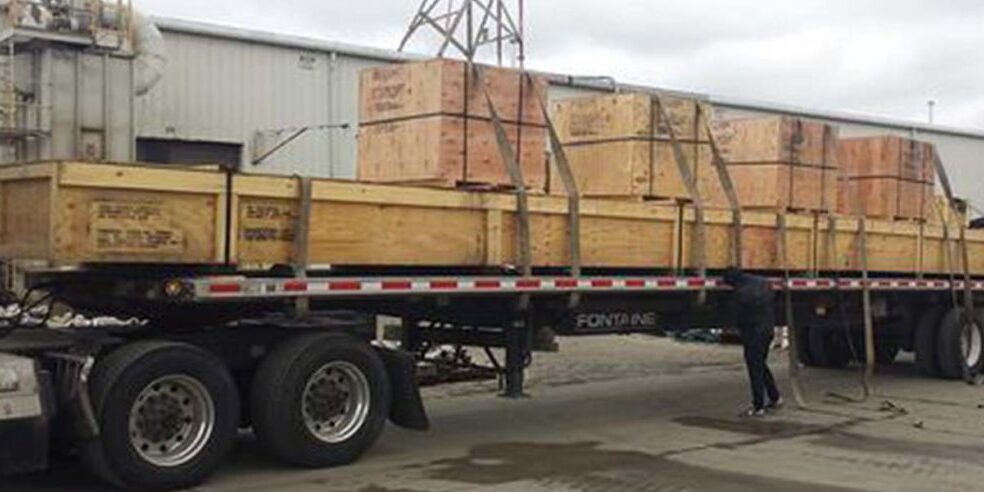Sand Casting
Need help with a new project?
Let's push the limits of what is possible, together. Ask your metal experts.
What is Sand Casting?
Sand casting (sometimes called sand mold casting) is a technology that has existed for thousands of years and is a preferred metal casting process to produce shaped parts that weigh from less than a pound to thousands of pounds. Sand casting is versatile and cost-effective for low volumes because of low tooling costs. Nearly any part configuration made using another metal casting process can be reduced to a pattern and created as a sand casting.
In sand casting, a pattern of the desired finished part, including the metal delivery system (gates and risers), is constructed out of hardwood, urethane, metal, or foam. Sand containing bonding material to maintain shape is packed around the pattern. The pattern is then removed from the bonded sand, leaving a cavity in the sand mold in the shape of the part. Molten liquid metal is poured into the cavity, and the metal solidifies. The sand is then removed through a shakeout process. Other cast attachments including the metal delivery system are removed, leaving the desired part.
MetalTek uses the air set or no-bake molding process. Sand is chemically bonded to create a tighter bond and doesn’t require a heat source to solidify the no-bake mold. This is especially important for large or more intricate metal parts.
Internal passageways including intricate structures can be included in sand casting by adding cores. This makes sand casting a popular choice for pump and valve applications. Sand castings are typically at least partially machined before use, due to rougher surface finishes.
Sand castings can be readily produced in nearly any ferrous or non-ferrous alloy. We primarily pour ferrous alloys like stainless steel. If your project requires stainless steel sand castings, please contact us today. If you require sand castings in a non-ferrous alloy, we will evaluate the project to determine if MetalTek is a good fit.
MetalTek produces sand castings up to 15 ft. (4.6 m) linear with ship weight up to 18,000 lbs. (8,165 kg).
Check out this video to learn more about sand casting.
Patternless Molding
As an alternative to packing sand around the pattern, many customers take advantage of MetalTek’s patternless molding technology. A reverse of the casting is machined from sand to create the mold, rather than forming sand around a pattern. Production then proceeds normally. Patterns are often made of wood, plastic, or metal. Timing is quicker than traditional sand casting, design changes are easy to implement, and hard patterns need not be stored or maintained.
Sand Casting Video
when to use sand casting
-
External shaping exists
-
Internal structures and passageways are used
-
Desired size ranges from a few pounds to 18,000 lbs. (8,165 kg)
-
As-cast surface finish of 250 – 500 RMS is acceptable
-
Post-cast machining is acceptable to achieve desired surface finish
-
Extremely tight tolerances are not required
-
Frequent design changes are expected
-
Tooling and pattern costs for investment casting are too high
-
Periodic cost of maintaining the tooling and pattern is acceptable
-
Converting multi-piece component to a single casting
Sand castings at MetalTek are produced at Carondelet. The experts at MetalTek can help you begin your next sand-casting project today.
Solutions
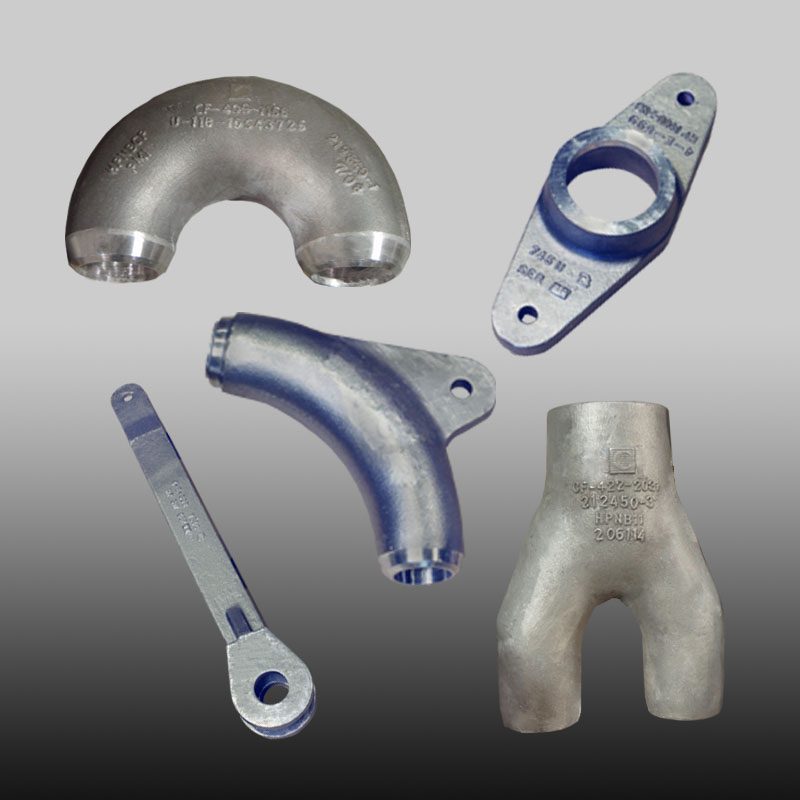
Petrochemical Fittings – The Full Range
MetalTek manufactures a full range of petrochemical fittings.
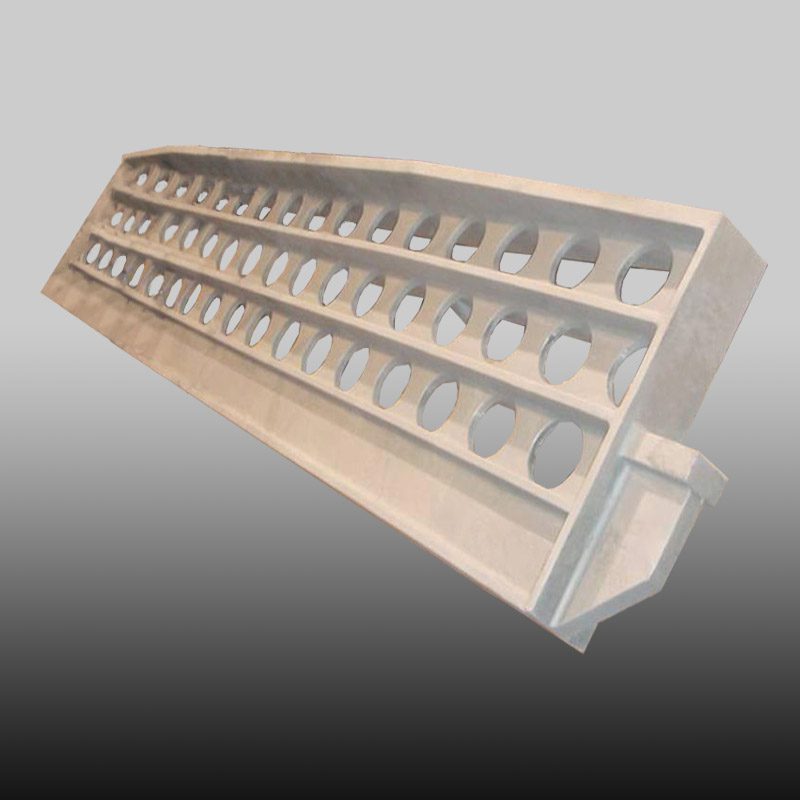
Petrochemical Tube Sheet
We have worked with countless customers, leveraging a range of sizes, shapes, and alloys to generate tube sheets that perform.
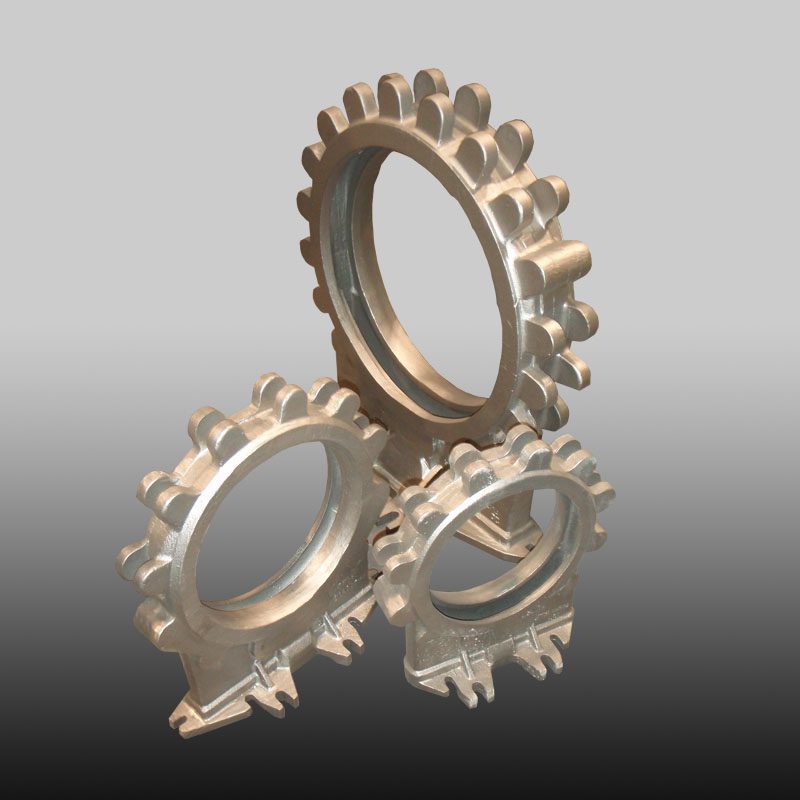
Gate Valve Body
Our proprietary HPLT casting process delivers products that perform with little or no weld upgrade.
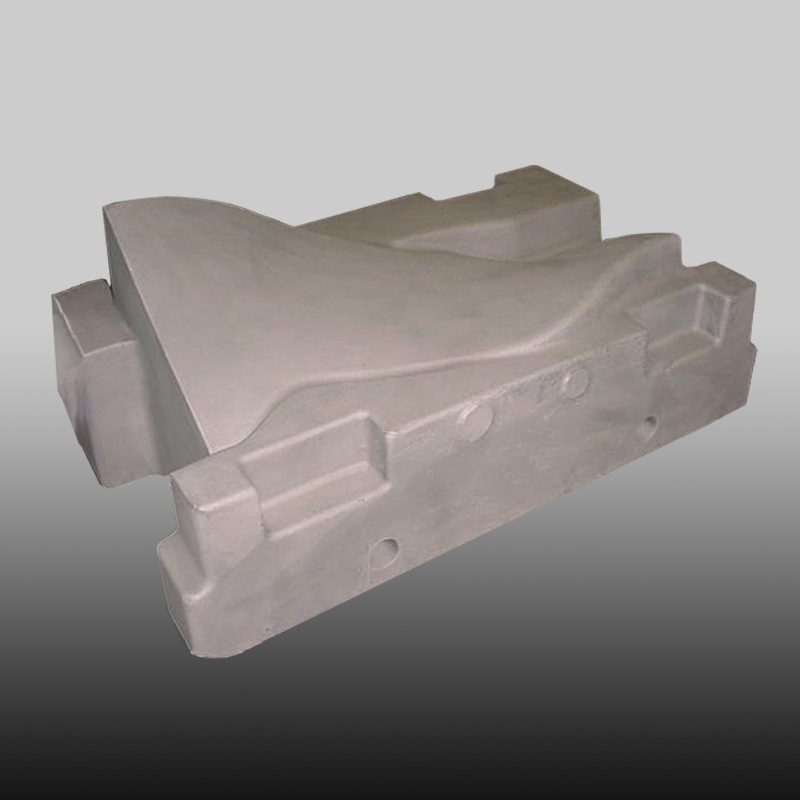
Jet Engine Fin Tooling Die
Engineers and metallurgists at MetalTek’s Carondelet Division worked with the customer to review tooling designs for material selection and gating.
- « Previous
- 1
- 2

